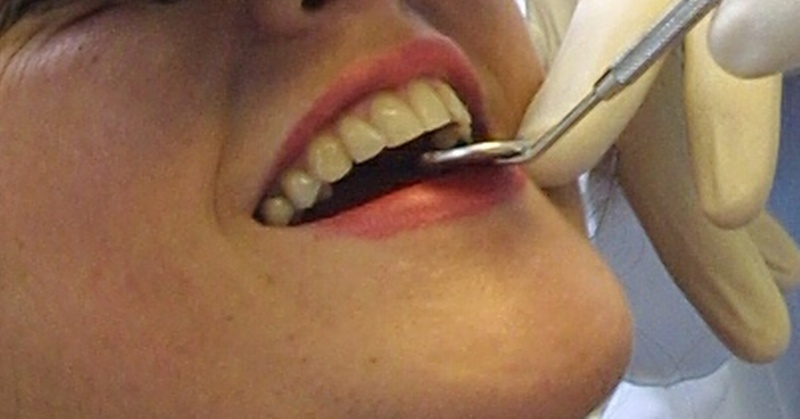A Dundee dentist has described as a ”serious mistake” new rules that could see parents pay up to £2,000 for orthodontic treatment for their children.
Norman Renfrew, of Duthie Dental Practice in Lochee, fears underprivileged families will be hit hardest after the Scottish Government scrapped subsidies for braces that are deemed to be for cosmetic or aesthetic purposes.
The move, which brings Scotland into line with other parts of the UK, came into force on Friday and in extreme cases could cost parents £2,000.
Mr Renfrew said: ”What annoys me most is that I work in an area of urban deprivation where people cannot afford to pay for expensive dental treatment. I take great pride that children here can grow up with proper, straight teeth.
”The government are trying to say that these treatments are cosmetic but if teeth are squint then they cannot be brushed properly.
”It gives people a sense of pride in their appearance and confidence if they have good teeth.”
Mr Renfrew estimates that around 20 youngsters are referred by him for orthodontic treatment every year.
Orthodontists have been told they must prove a patient’s health will be improved should they wish to receive treatment without cost.
”A lot of children that I treat live with their grandparents or with single parents and they just don’t have that kind of money,” added Mr Renfrew.
”These are the people that need extra help and these treatments are not just cosmetic. This is a serious mistake and the government has been badly advised.”
Labour have accused the Government of secretly introducing the rules. Health spokeswoman Jackie Baillie said people would be left, ”understandably angry”.
Last week a government spokeswoman said the rules were intended to ensure that finances were spent on ”patients where there is obvious clinical benefit from orthodontic treatment.”
